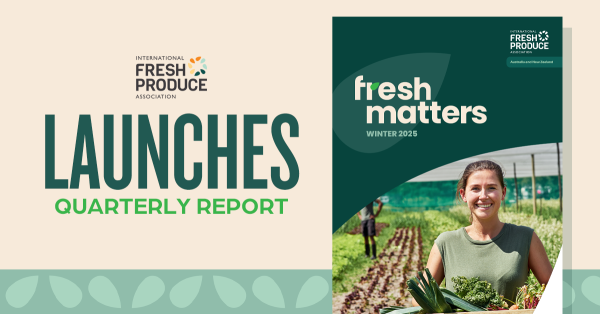
Northern California Largest Reservoirs Overflowing; State Releasing Water to Maintain Flood Control
NORTHERN CA - Anyone living in Northern California can see the dramatic impact the season’s rains have had on the waterways. Even here in Sacramento the lake and river water levels appear drastically higher than they did this time last year, or even last month.
For the first time in what feels like years, I can see that the waterline has risen above the roots of the lowest trees along the Sacramento rivers. While this does not signal the drought's end and issue remains ever-looming, here in Northern California, we will take what we can get it.
Now reports have come in that, after years of pictures depicting little-to-no water, the region’s two largest reservoirs are now full enough that the state is looking to release water to maintain flood-control.
El Niño has delivered enough precipitation to Northern California in the form of both rain and snow that the Shasta reservoir has been releasing a significant amount of water over the last several days, according to the Sacramento Bee - the first flood-control releases in five years.

Right now, the Oroville reservoir is 83 percent full, 111 percent of this time of year’s average, while Shasta is at 86 percent, 110 percent of the average. Both are more than 30 percent higher than this time last year.
As someone who loves to snowboard and ski in the winter and float down the river in the summer this is wonderful news, but the state is still reportedly fighting the call for the agricultural industry to have more water access because California is still in a drought and the rainy season’s end is near.
Shane Hunt of the U.S. Bureau of Reclamation, which runs Shasta, told the Sacramento Bee that Shasta’s releases are being dialed back due to the recent drier conditions.
The lake was releasing nearly 20,000 cubic feet per second earlier this week, according to the report, but volume is expected to fall to around 5,000 by next Monday, Hunt said.
“We become less ‘encroached’ every day just based on the calendar,” Hunt explained.
Even so, there is some hope for growers as the federal government’s Central Valley Project said last week that there is enough snowpack in the southern Sierra to deliver a 30 percent allocation to agricultural customers the Friant region of the San Joaquin Valley. An estimate for the year, however, has not yet been released.






















